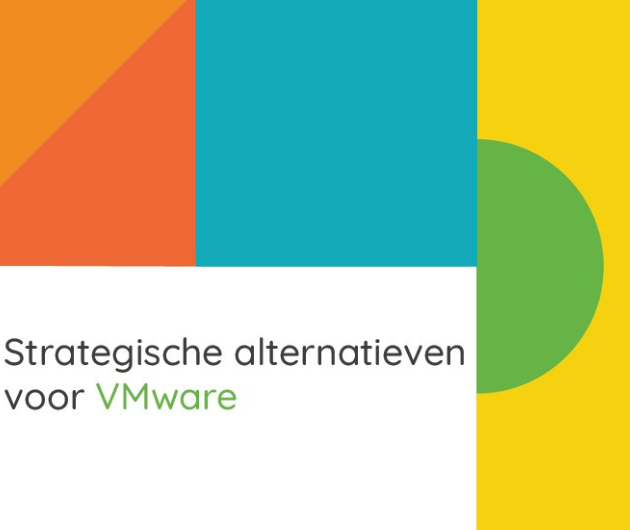Basically enterprise application integration is a good idea, but it can have its problems.
Having a number of separate systems has obvious disadvantages, both from the business and the IT point of view, but it has been a practical solution. In the past specific applications were introduced at different times, some years apart, but now the total requirements are much better defined, so that an integrated system is possible. Nevertheless there will always be something new which must be incorporated with the integrated system, which has its own problems.
A completely new integrated ERP system is one approach, but even they will have future problems as business practices evolve. Many companies have such a big investment in “legacy” systems that work well that a better option is to integrate the existing systems and to steadily develop new applications using an integrated architecture. The need to integrate older systems with the Internet has been a catalyst in the development of tools and products to implement the integration.
Implementing EAI is not a trivial exercise and the following are some points that the EAI Industry Consortium have identified.
Change is always round the corner. It can happen even during the time it takes to implement one phase! One problem reported is the increased demand in service levels and loading, which may not have been budgeted for.
The architecture of the integrated system is more complex than the individual systems it replaces. While skills would be available to cover development, data management, etc. of individual systems, there is a shortage of people skilled in EAI systems. Problems are more difficult to pigeon hole in an EAI system, which is a serious difficulty for the help desk in particular.
The thorny old problem of standards still exists. The situation today is much better than it was, but EAI has created more demands for standards than ever before. Despite all the talk and the various standards bodies, there are competing standards claiming to be the best. They all claim to conform, but there are always minor variations. It is impossible for each product vendor to support all variations and there will always be incompatibility problems. One obvious problem arising from this is that the need for testing cannot be reduced, particular with newer standards such as Web Services.
The EAI requirements will be specified by business units. The implementation however is an IT function. The business units will not give any consideration to problems such as load balancing, capacity planning, security, etc. The consortium has suggested the creation of a new post, an EAI administrator, along the lines of a data administrator introduced to coordinate data warehouse systems, which seems like a good idea.
Linking business processes and components is as much an art as a science. Only the business units can assess the success or failure of the integrated system, so it is essential to get ongoing cooperation with the users. (Why are we always stressing this and still having problems?)
It is a certainty that as soon as a new system is complete, new requirements will emerge. It is absolutely essential that detailed records are kept (and maintained) of all interfaces, data structures, assumptions, etc. or else problems will crop up at a later time. Use proper project management tools!
No system will be perfect. A few users will feel that the new system is worse than the old one. Thus it is essential that decisions are agreed by both IT and business units all through the project. Once politics get involved problems will escalate!< BR>
Martin Healey, pioneer development Intel-based computers en c/s-architecture. Director of a number of IT specialist companies and an Emeritus Professor of the University of Wales.








